I live near Kororoit Creek Altona which was possibly the most polluted stream entering Port Phillip Bay. It was until recently refered to as Kororoit “drain” by the City of Hobsons Bay Council. This stream is bordered by heavy industry, waste “tips”, chemical plants and oil refineries. Over the years the original stream escarpment has been obliterated by in-filling, buildings, roads and weeds. Until very recently the valley has been used as an industrial waste depositary. An ecologist would call it totally fragmented system.
Call it “re-wilding” or just plain crazy, but some years ago a band of ‘locals’ got together to make a change . Our intrepid leader is Geoff Mitchelmore, now in his seventies. He has driven Council and nearby car makers, oil refineries and factories to fund “Friends of Lower Kororoit Creek, FOLKC, see http://www.folkc.com.au/
Clearing rubbish, weeding (and I mean enormous boxthorn) planting mulching and watering etc has now proceeded to a stage where first plantings are becoming mature. Trees are flowering and birds have arrived. We are creating a corridor for wild species which cuts through the western suburbs’ industrial minefield.
My photos show species now resident in industrial Melbourne due to efforts of people like Geoff.
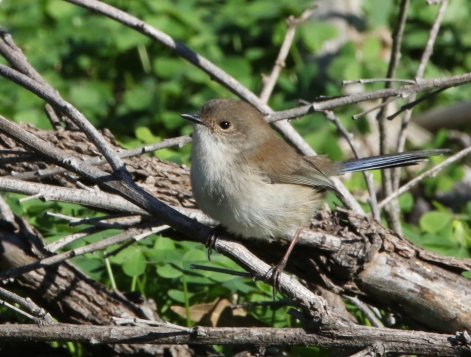
Golden-headed Cisticola Cisticola exilis
Spotted Pardalote Pardalotus punctatus

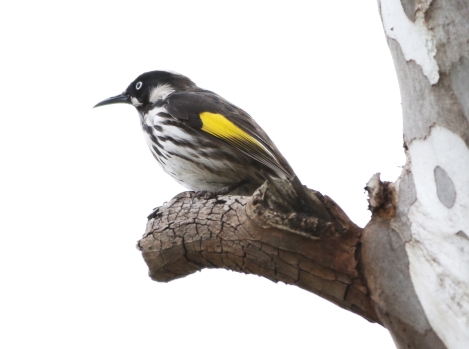

Red-necked Avocet Recurvirostra novaehollandiae
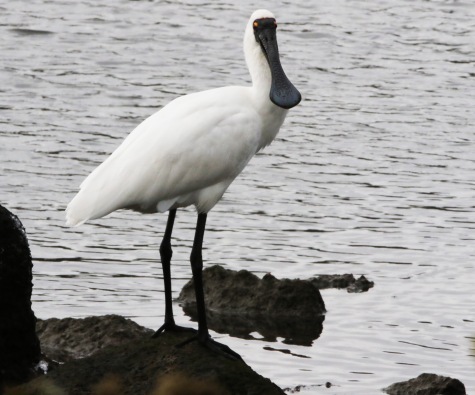
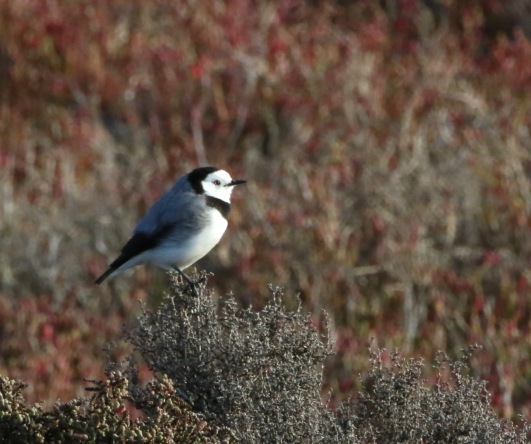


How the “creek”looked….
Kororoit creek in 2003
Tree planting 2015 National Tree Day
How early plantings now look
It’s people who care who make a difference.

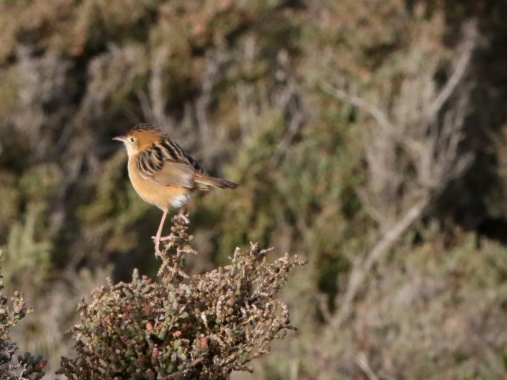

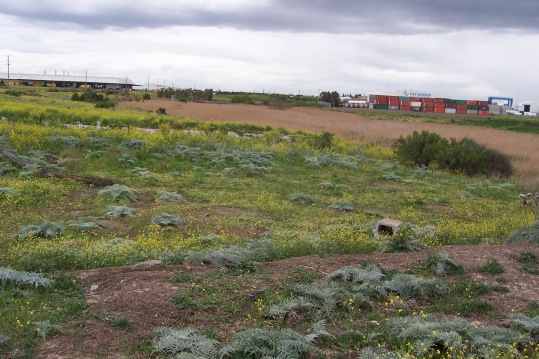
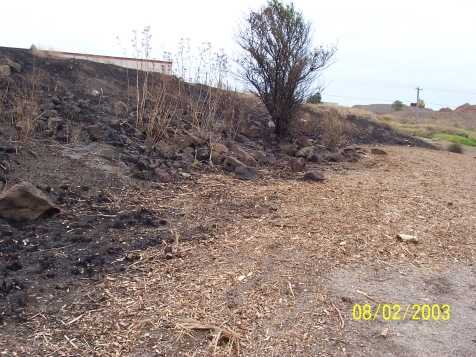
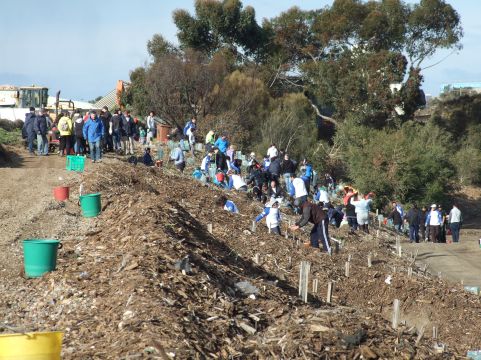
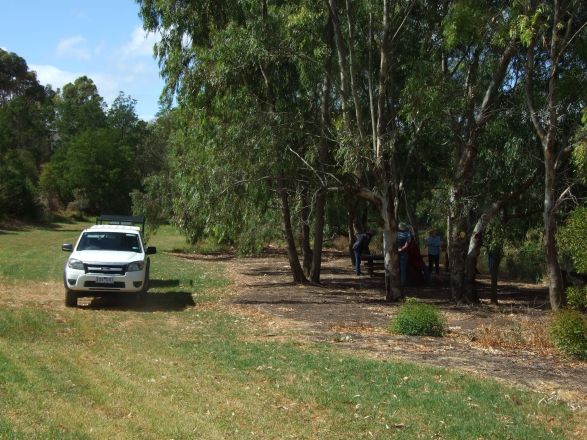

Nice pics Pete!
Ian
LikeLike
My main interest is to document species which happily come to live amongst a major industrial zone. I could throw a stone and hit Mobil oil tanks from where Avocets were sitting!
LikeLike
How fabulous to see the fruits of your labours in these gorgeous birds. Great pictures too. I walk past a very weedy suburban creek on the way to work each day and I’ve found that lots of birds (especially small ones like fire tails and superb blue wrens that aren’t so common in cities anymore) seem to like it there. I found Tim Low’s book The New Nature really provocative on this idea of weeds as habitat (I wrote a bit about in on my blog here https://berowrabackyard.wordpress.com/2014/06/14/sweetness-and-light/ ).
Occasionally fruitful as weedy industrial landscape sometime are your community’s solutions sounds better!!! Good luck with the further rewilding….
LikeLike
Thanks for reply mccnmatt. In our case boxthorn had to be removed just to gain access to plant plants. We get everyone planting, mums, dads, kids, grannies. Box thorn is capable of doing physical damage. In some places its left (dead) to provide habitat for bush birds and protection from foxes/cats. I can’t comment on pittosporum but I know we are all guilty of burning, clearing, chainsawing until there is no place left for other species (including invertebrates). Maybe that “weedy” creek is one place left birds can find food. Maybe the concept of “weed” is just a human construct, your birds obviously don’t make the distinction.
LikeLike
great to see that. I was involved at the start of the Lower Koroit creek friends group with Geoff. I go past the creek when I am in Melbourne to have a look & see how the plant’s we planted are going. It has changed so much.
LikeLike
Thanks for the comment Craig, you were part of something very important. This part of Melbourne has been mistreated since settlement (as was the entire western volcanic plain). Hopefully, eventually we will establish a green corridor though the heart of the western suburbs, maybe swift parrots will use it as a throughway to Tasmania. Currently the water quality is poor and saline due to past industrial residues left by ICI. Cheers
LikeLike